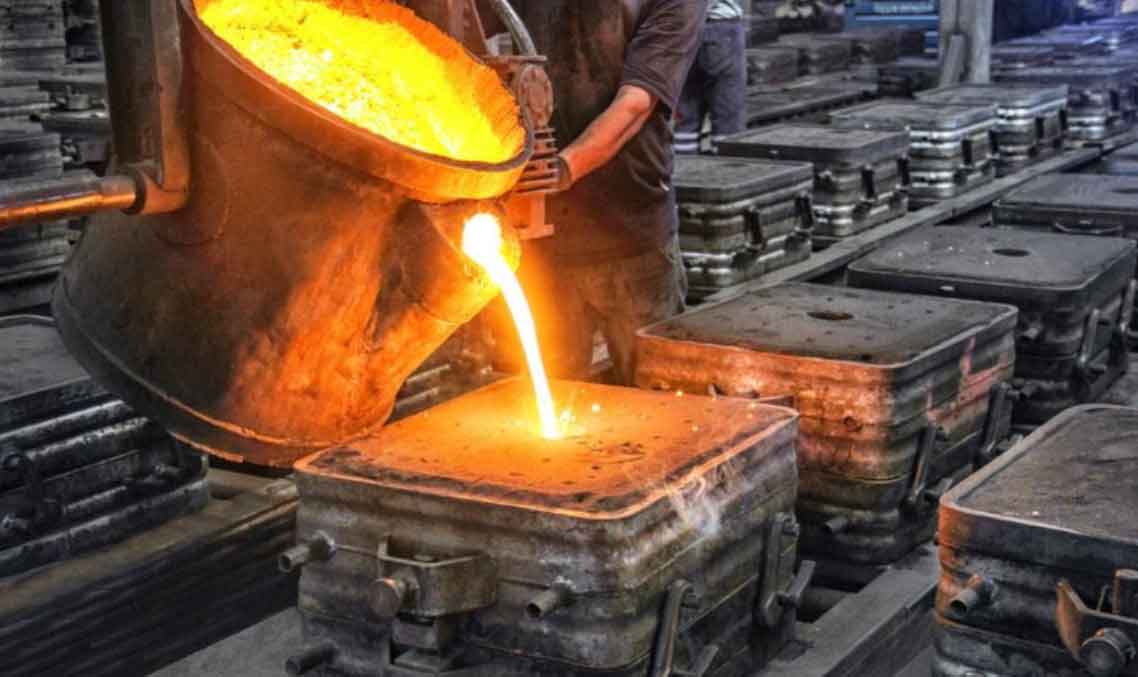Sustainable practices in sand casting are becoming increasingly important as the world focuses on environmental conservation and reducing the ecological footprint of industrial processes. Responsible manufacturers are implementing various eco-friendly approaches to make sand casting more sustainable. Here are some of the key practices adopted by such manufacturers:

- Recycling and Reuse: Responsible sand casting manufacturers prioritize the recycling and reuse of sand and other materials. Sand that is removed from molds can be reclaimed and reused in subsequent casting processes, reducing the need for virgin sand. Additionally, scrap metal generated during casting can be recycled to minimize waste.
- Energy Efficiency: Manufacturers are implementing energy-efficient practices in sand casting processes. This includes optimizing furnace designs, using energy-efficient heating methods, and adopting advanced technologies to reduce energy consumption during melting and molding.
- Water Conservation: Water is used in sand casting for cooling and binding the sand. Sustainable manufacturers implement water conservation measures to reduce overall water usage. Water treatment and recycling systems are employed to reuse water wherever possible.
- Reduced Emissions: To minimize emissions, responsible sand casting manufacturers employ efficient furnace technologies and control systems to reduce the release of greenhouse gases and other harmful pollutants.
- Use of Eco-friendly Binders: In traditional sand casting, binders are used to hold the sand together. Some manufacturers are adopting eco-friendly binder systems that have reduced environmental impacts and are more easily reclaimed or decomposed.
- Green Sand System Optimization: Green sand systems are the most commonly used sand casting process. Sustainable manufacturers optimize their green sand systems to reduce waste and energy consumption.
- Minimizing Waste: Manufacturers implement waste reduction strategies, such as using computer simulations for mold designs to minimize casting defects, which can lead to less material waste.
- Sustainable Material Sourcing: Responsible manufacturers prioritize sourcing materials from suppliers with environmentally responsible practices and use sustainable materials whenever possible.
- Life Cycle Assessment: Some manufacturers conduct life cycle assessments to understand the environmental impact of their sand casting processes and identify areas for improvement.
- Environmental Compliance: Committed to environmental responsibility, these manufacturers ensure compliance with relevant environmental regulations and strive to exceed minimum standards.
- Employee Training and Awareness: Training employees about the importance of sustainable practices and encouraging them to contribute to eco-friendly initiatives helps create a culture of environmental consciousness within the company.
By adopting these sustainable practices, sand casting manufacturers can reduce their environmental impact, conserve resources, and contribute to a greener future. Additionally, they align themselves with the growing demand for eco-friendly manufacturing practices, making their products more attractive to environmentally conscious customers.
